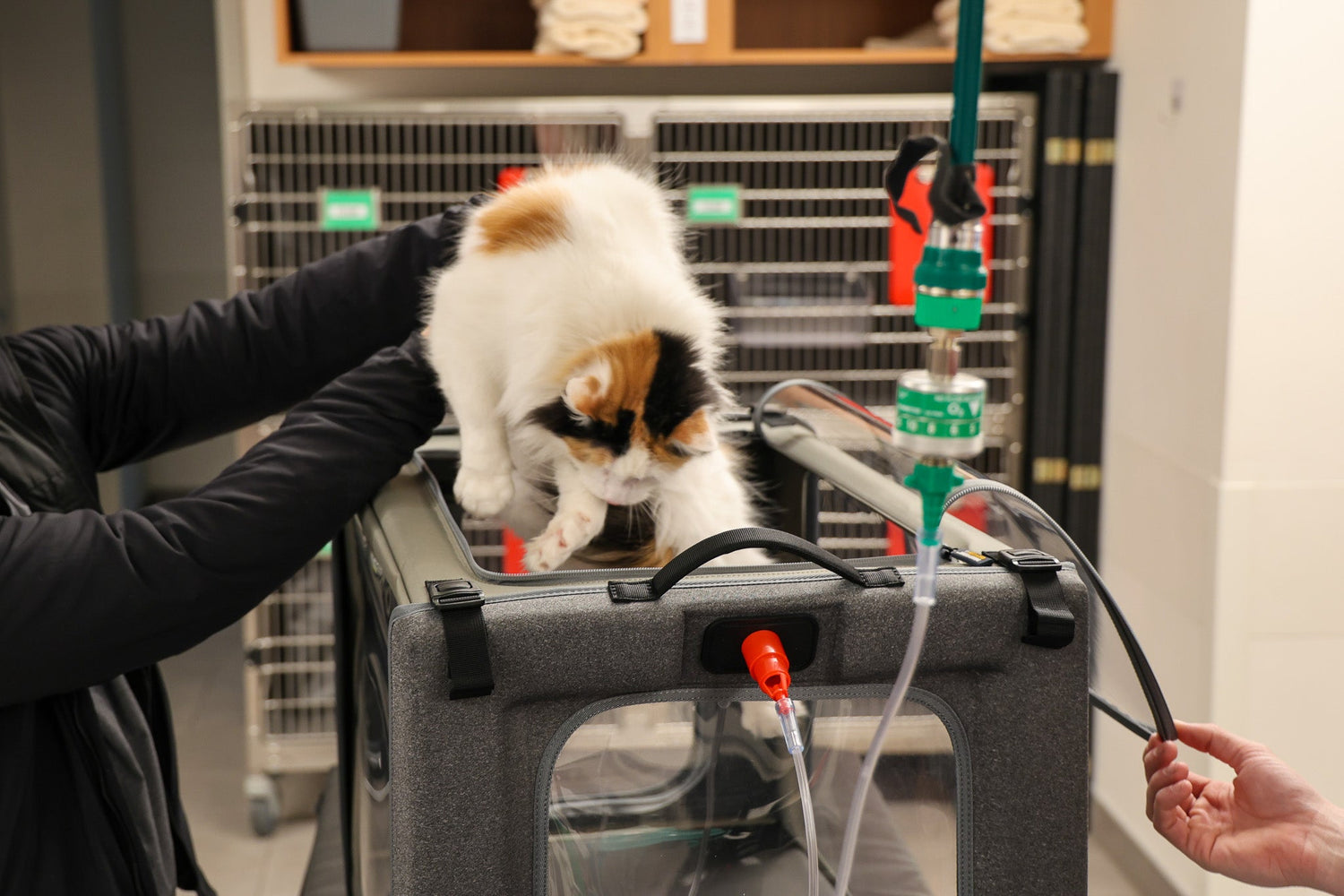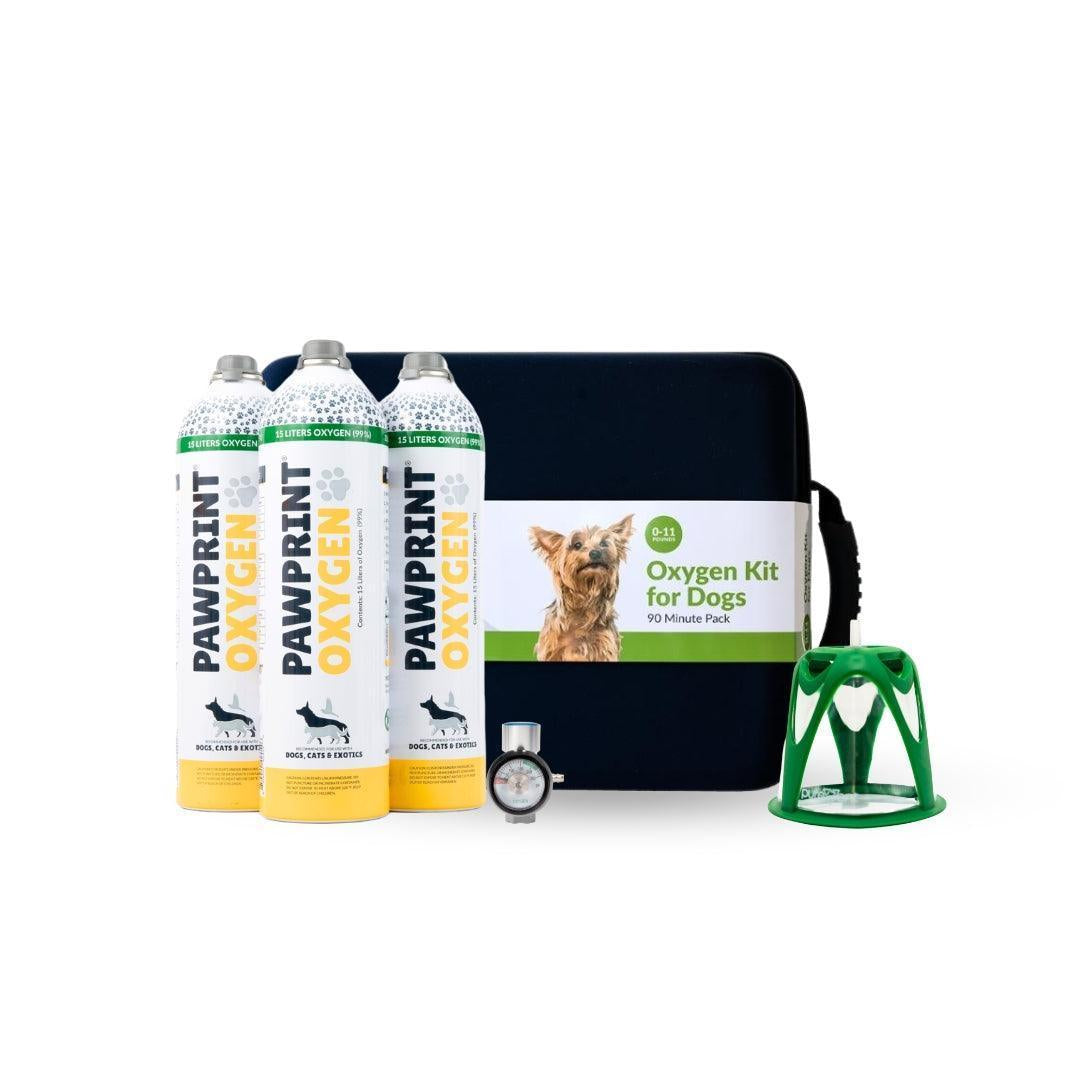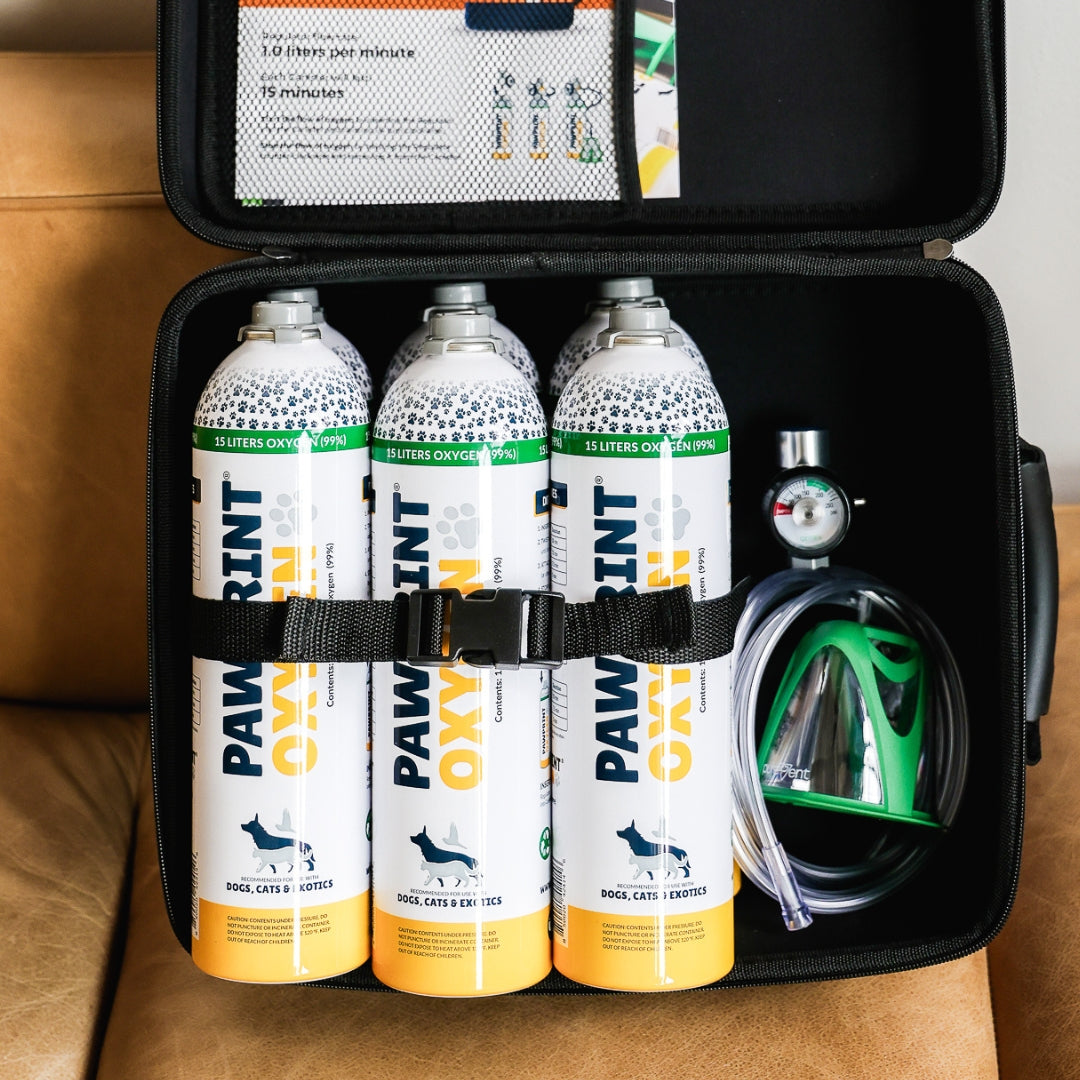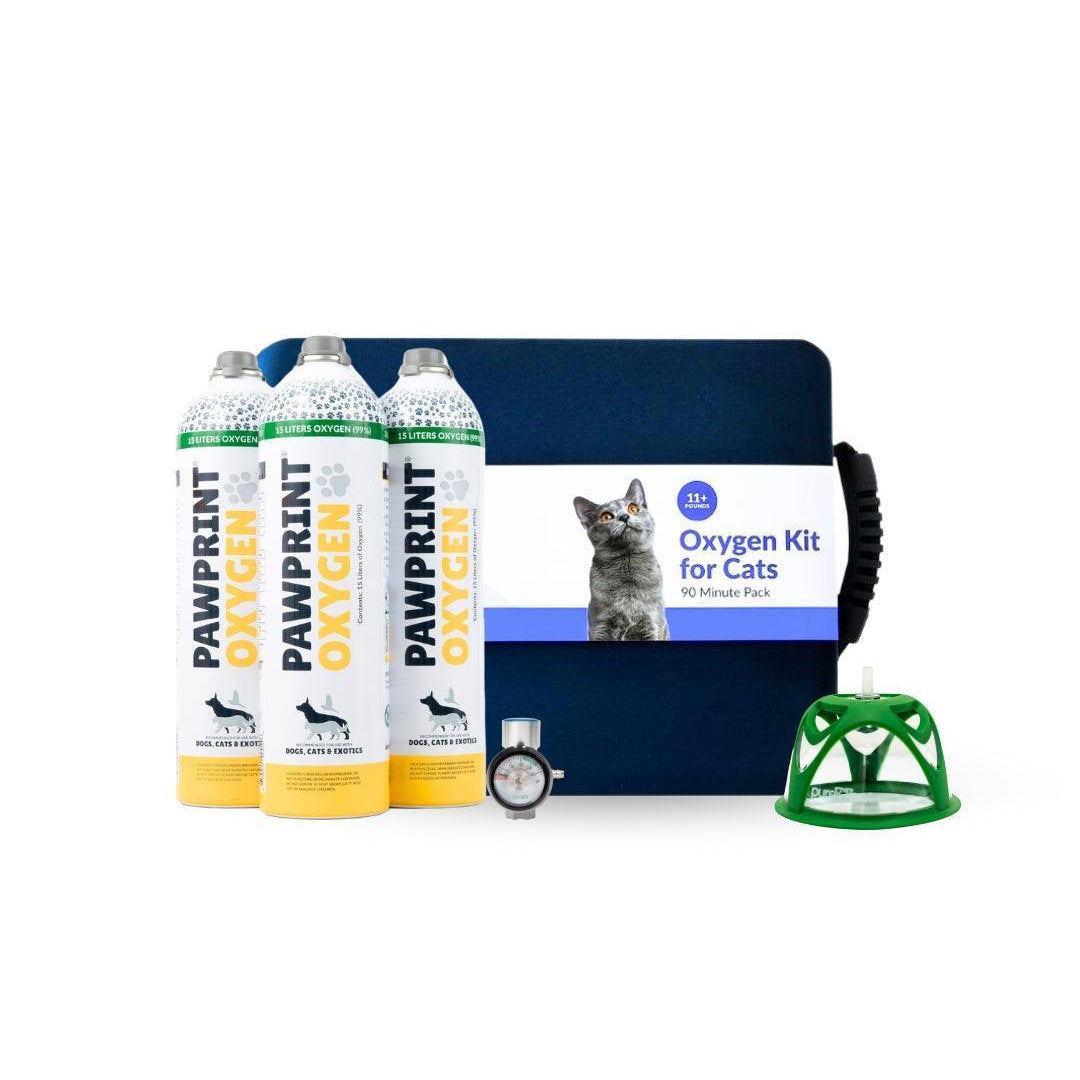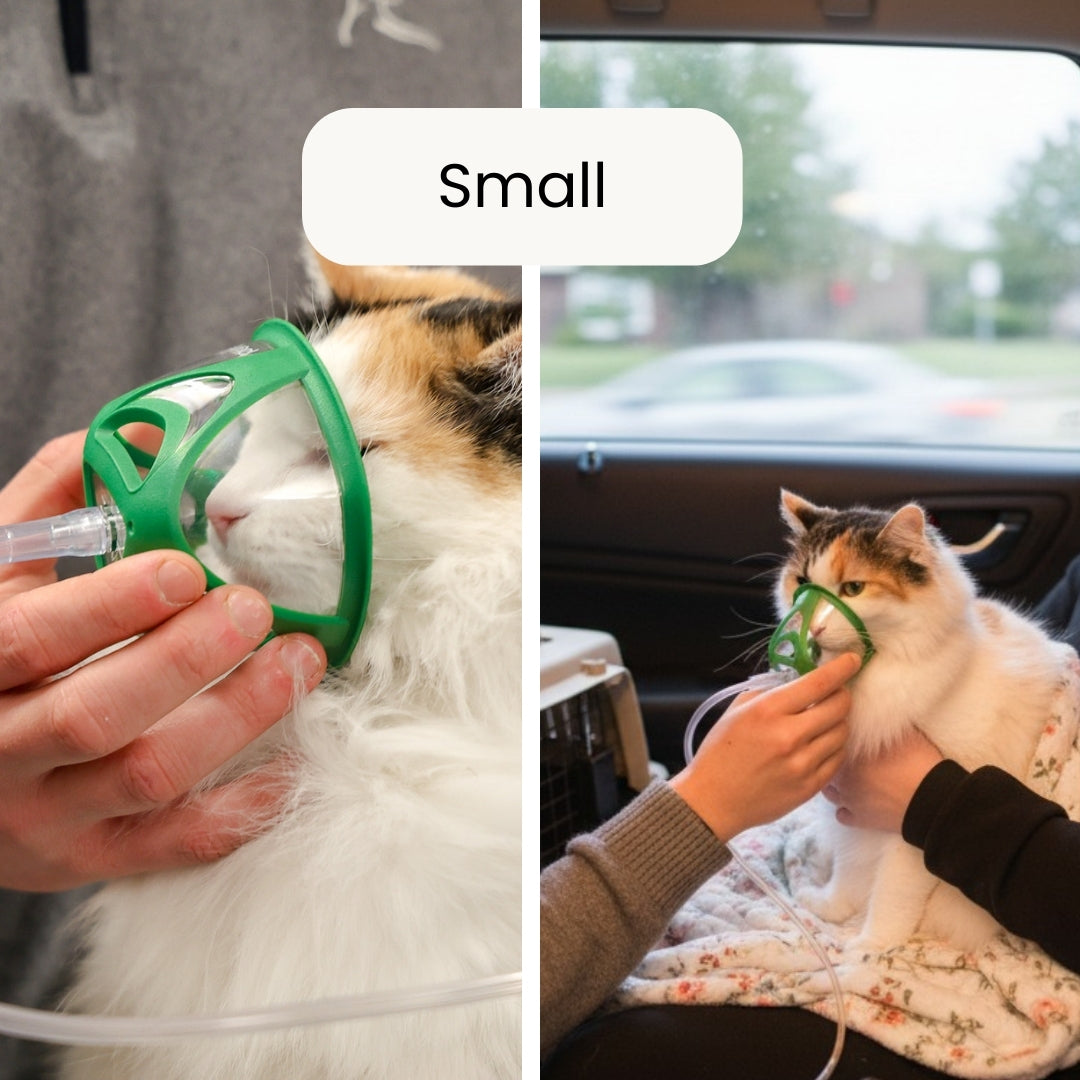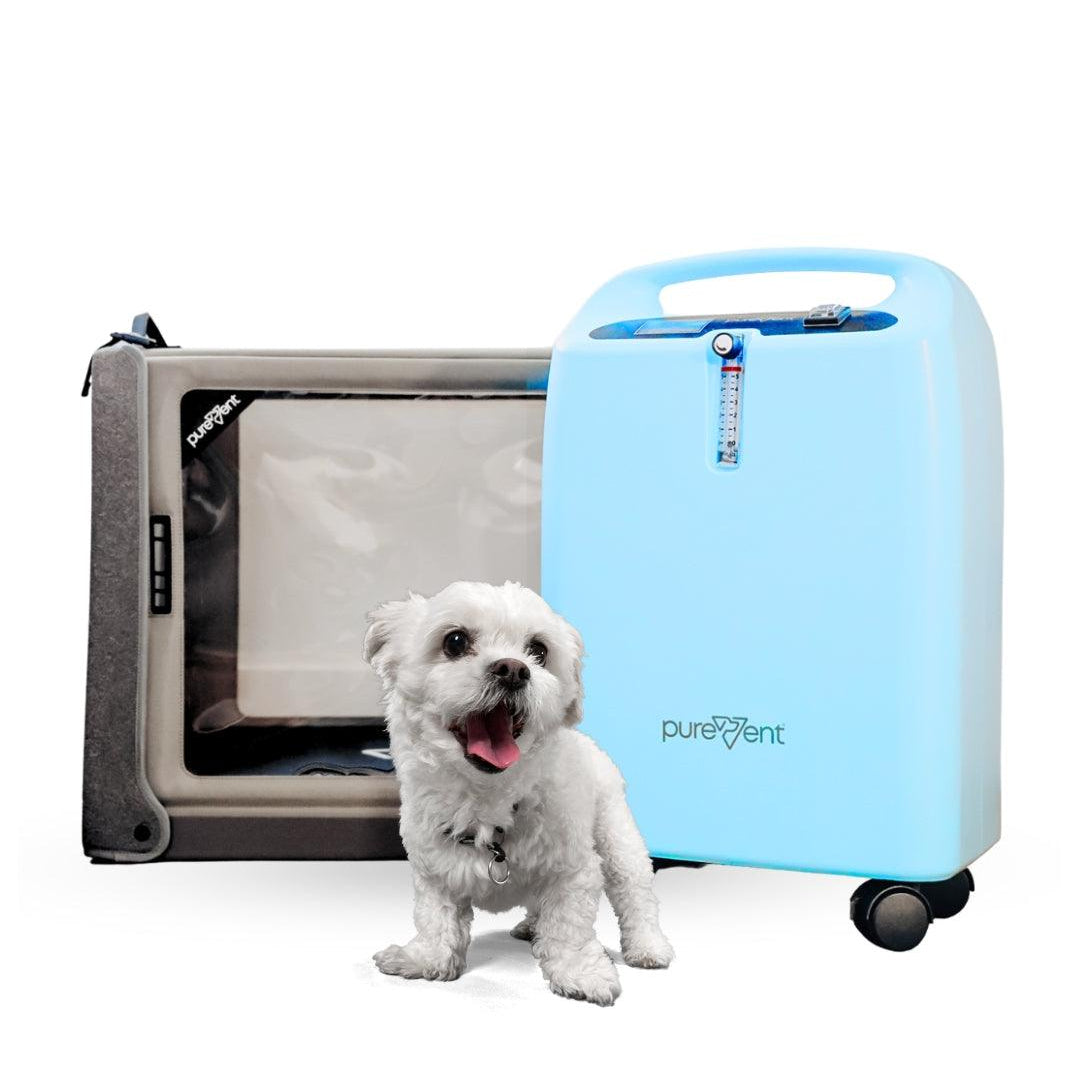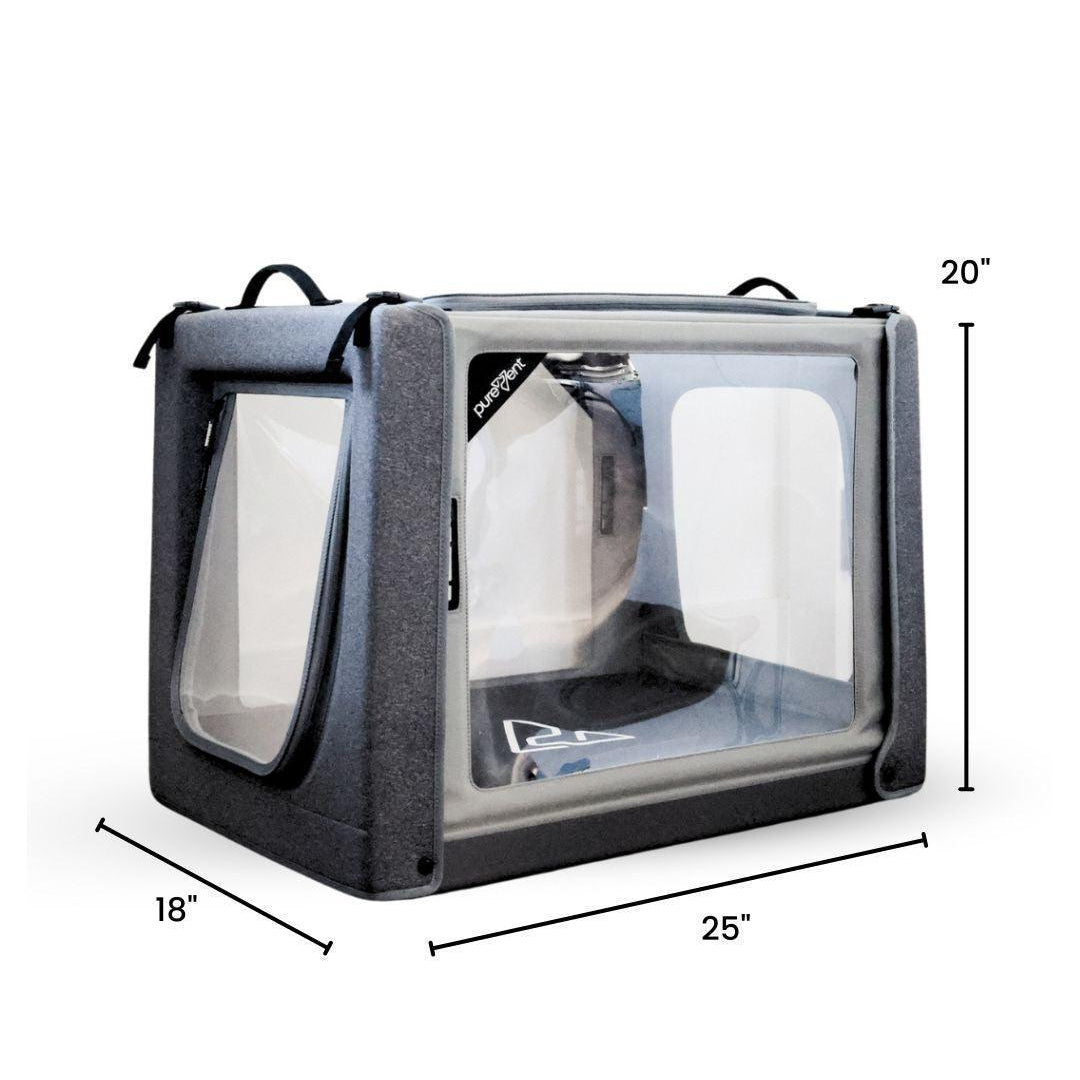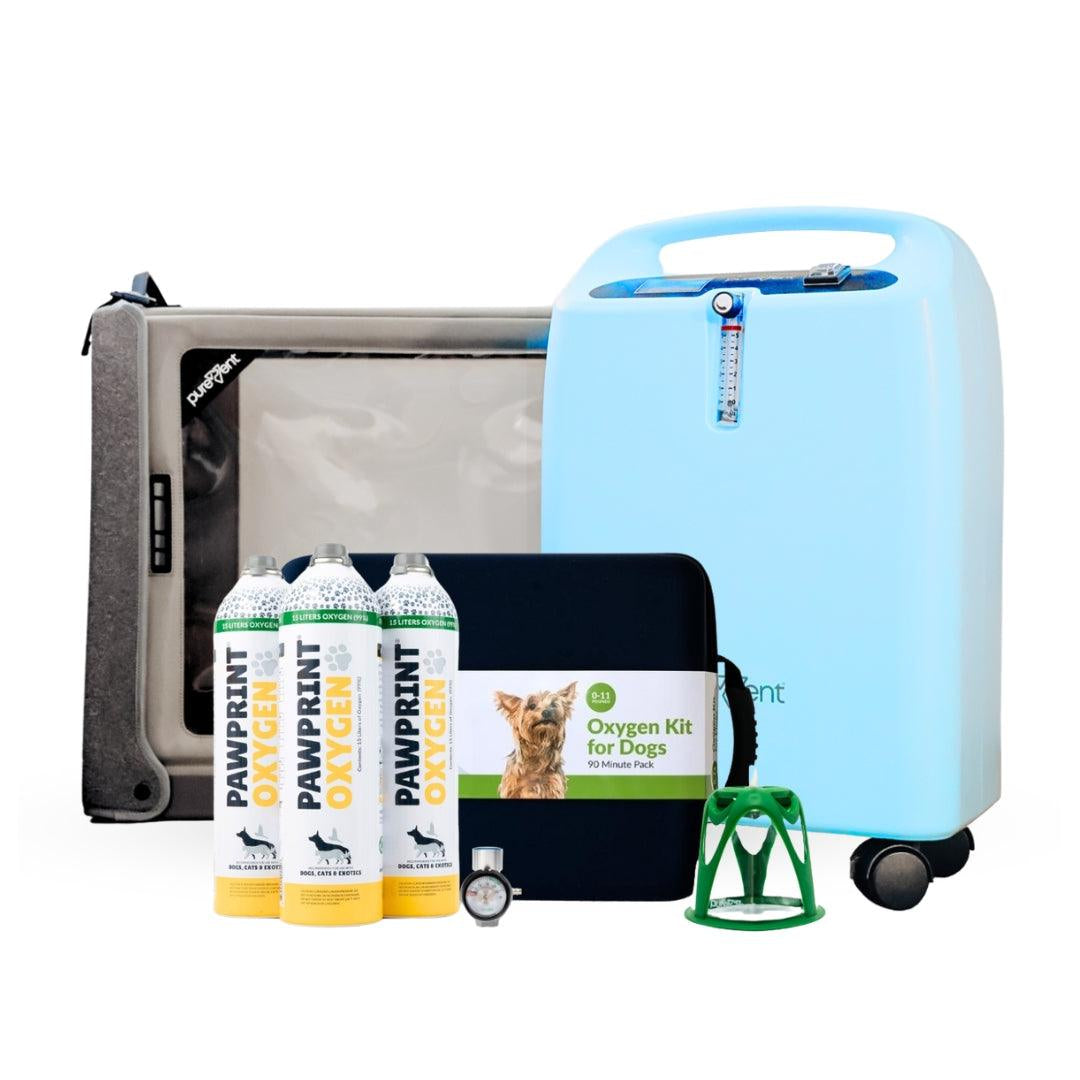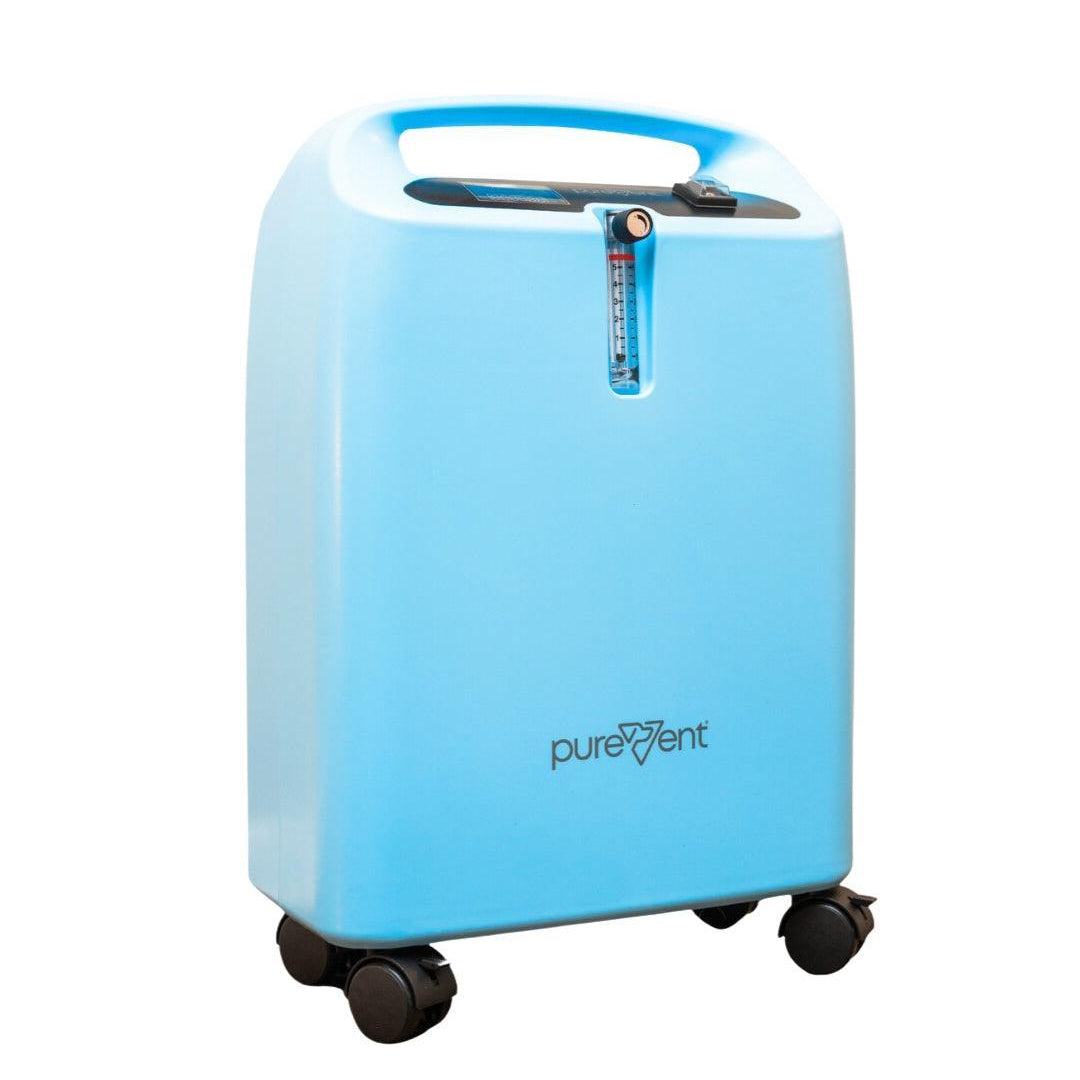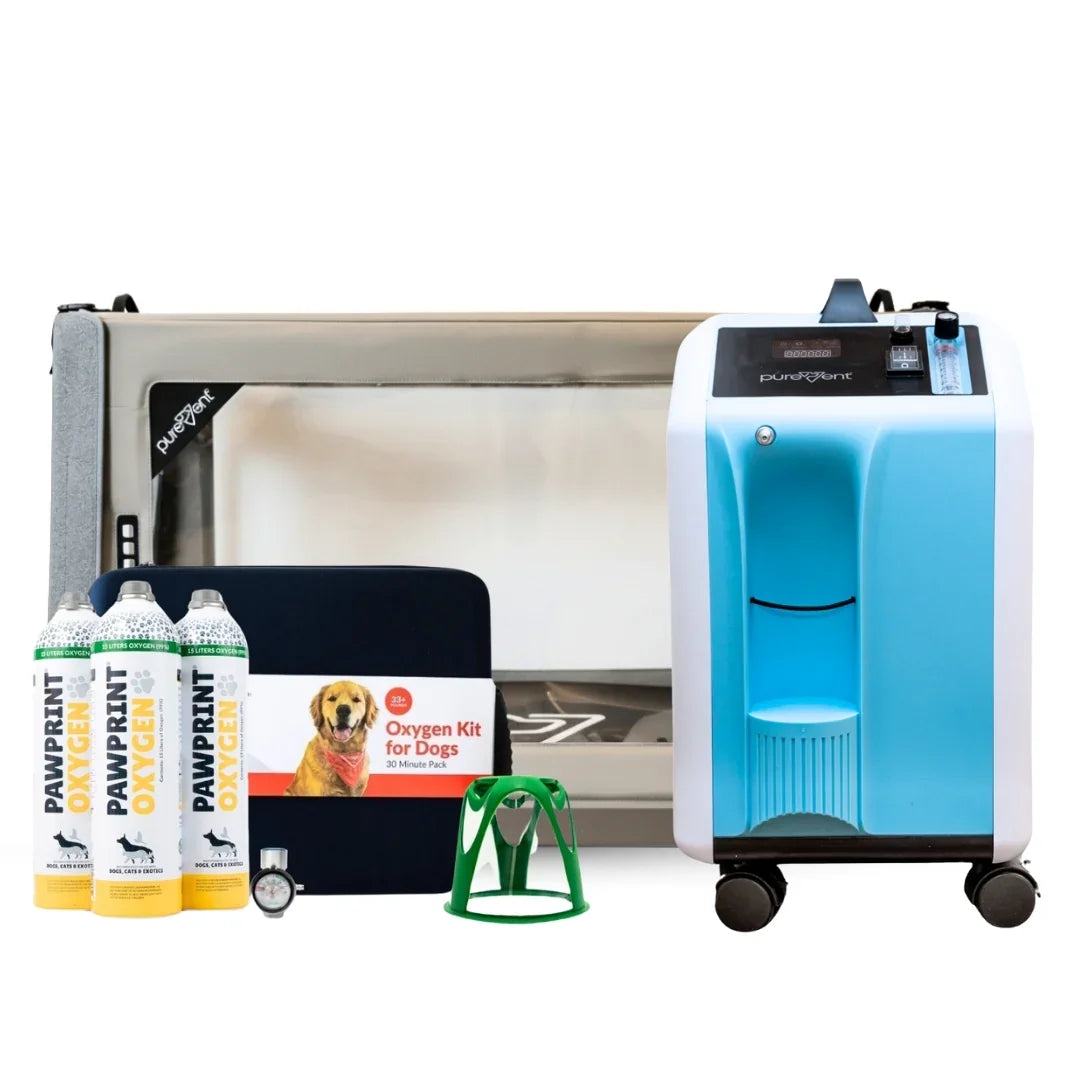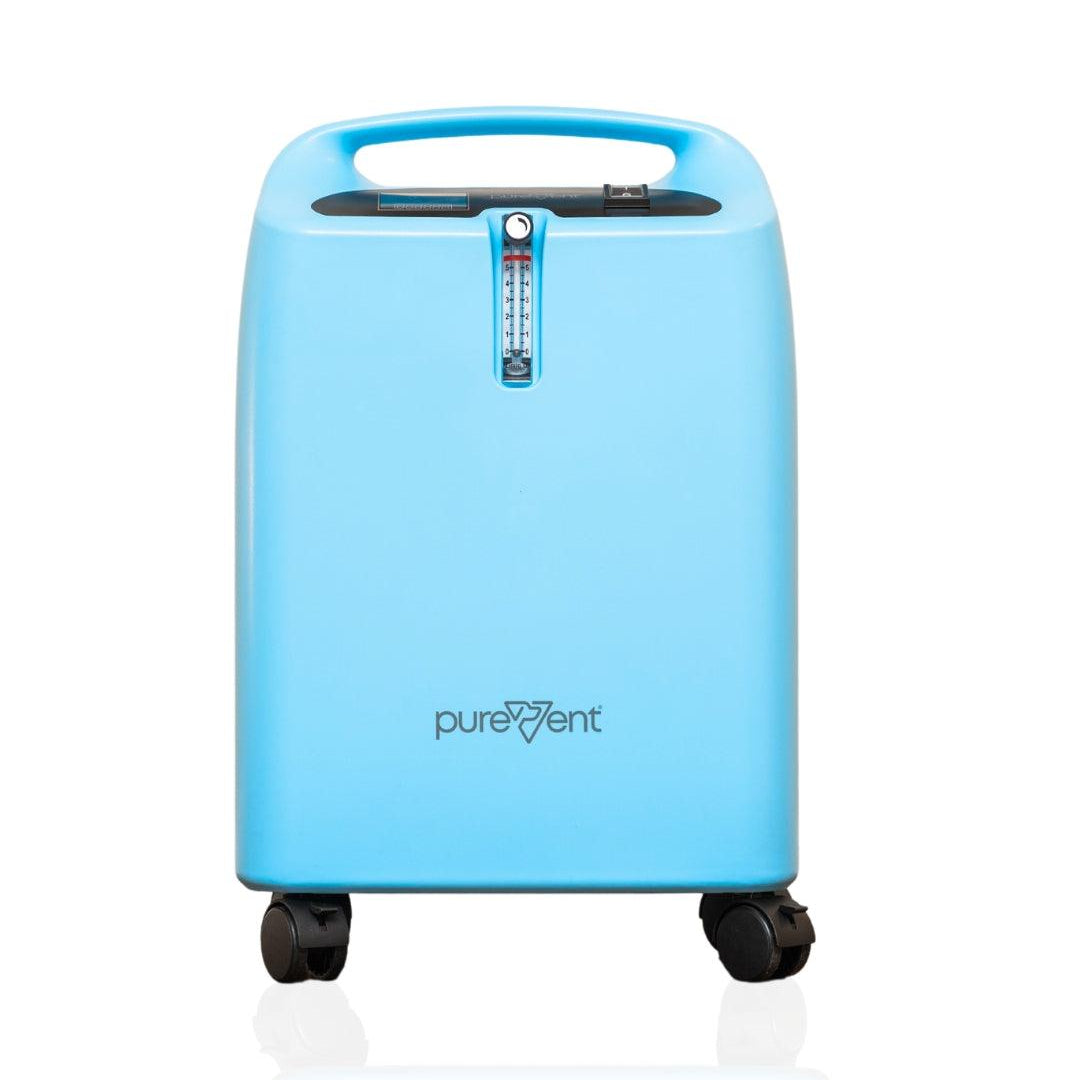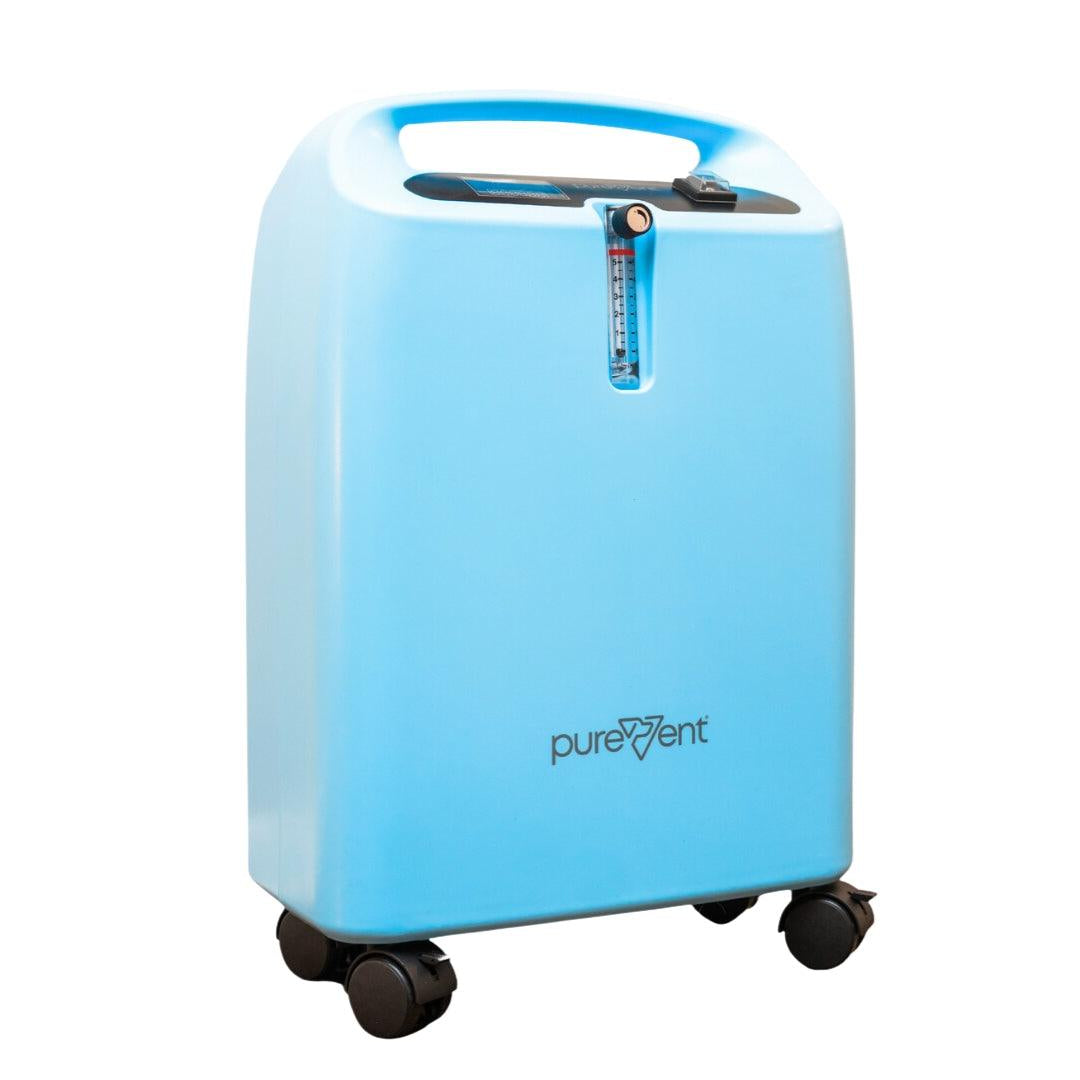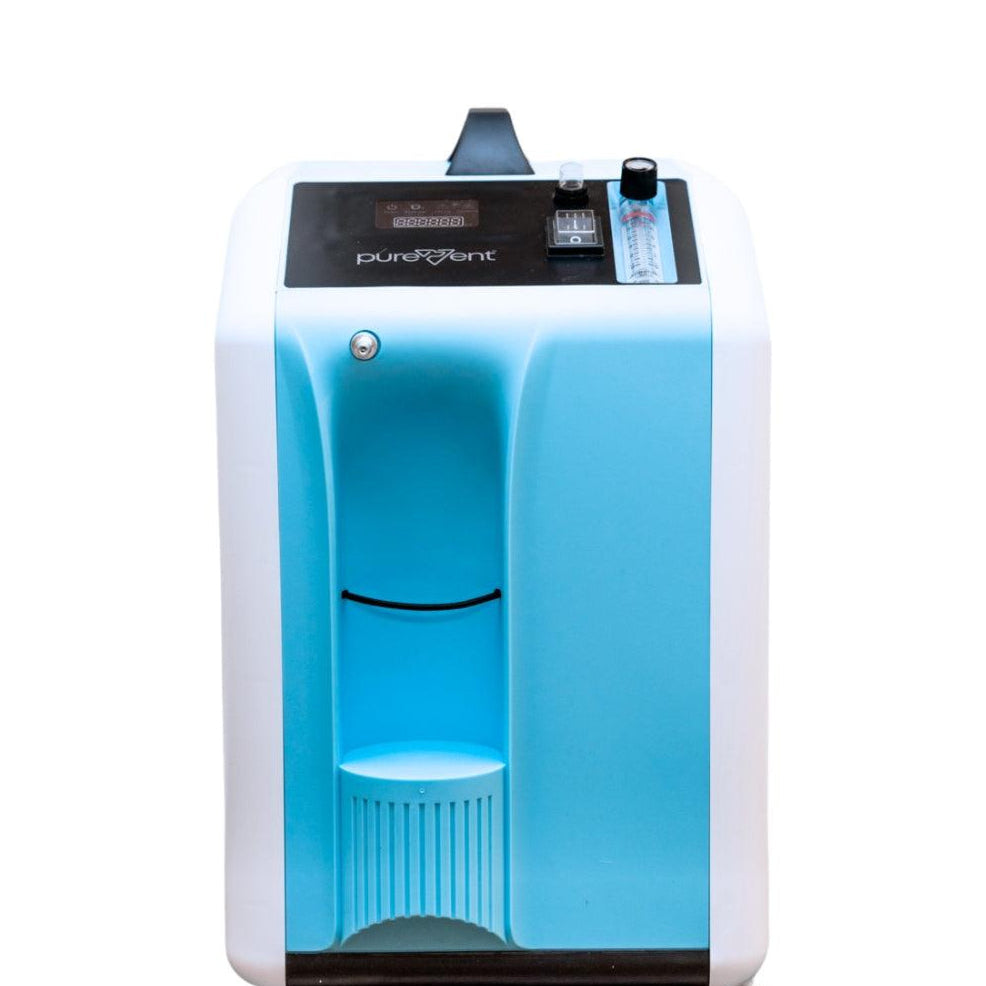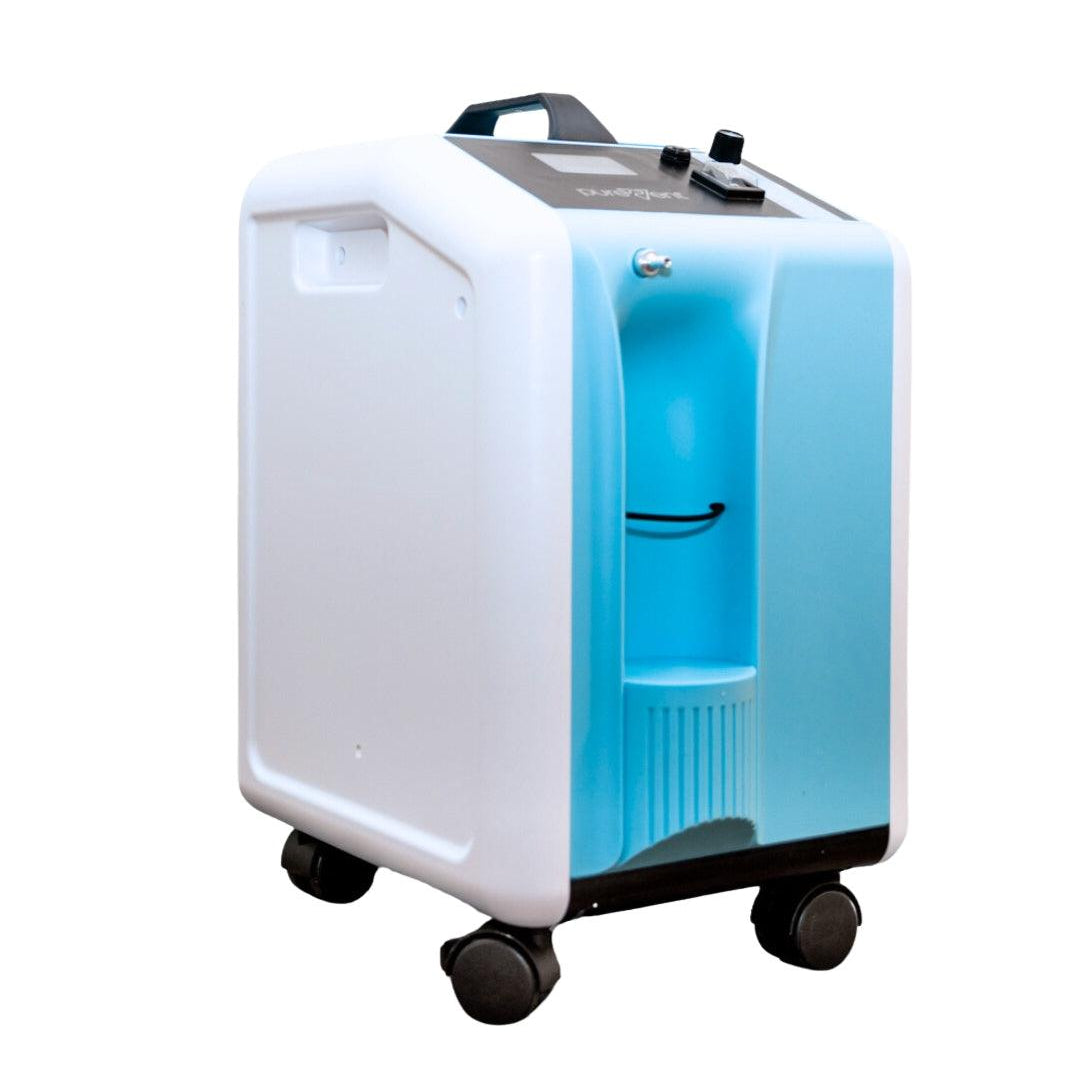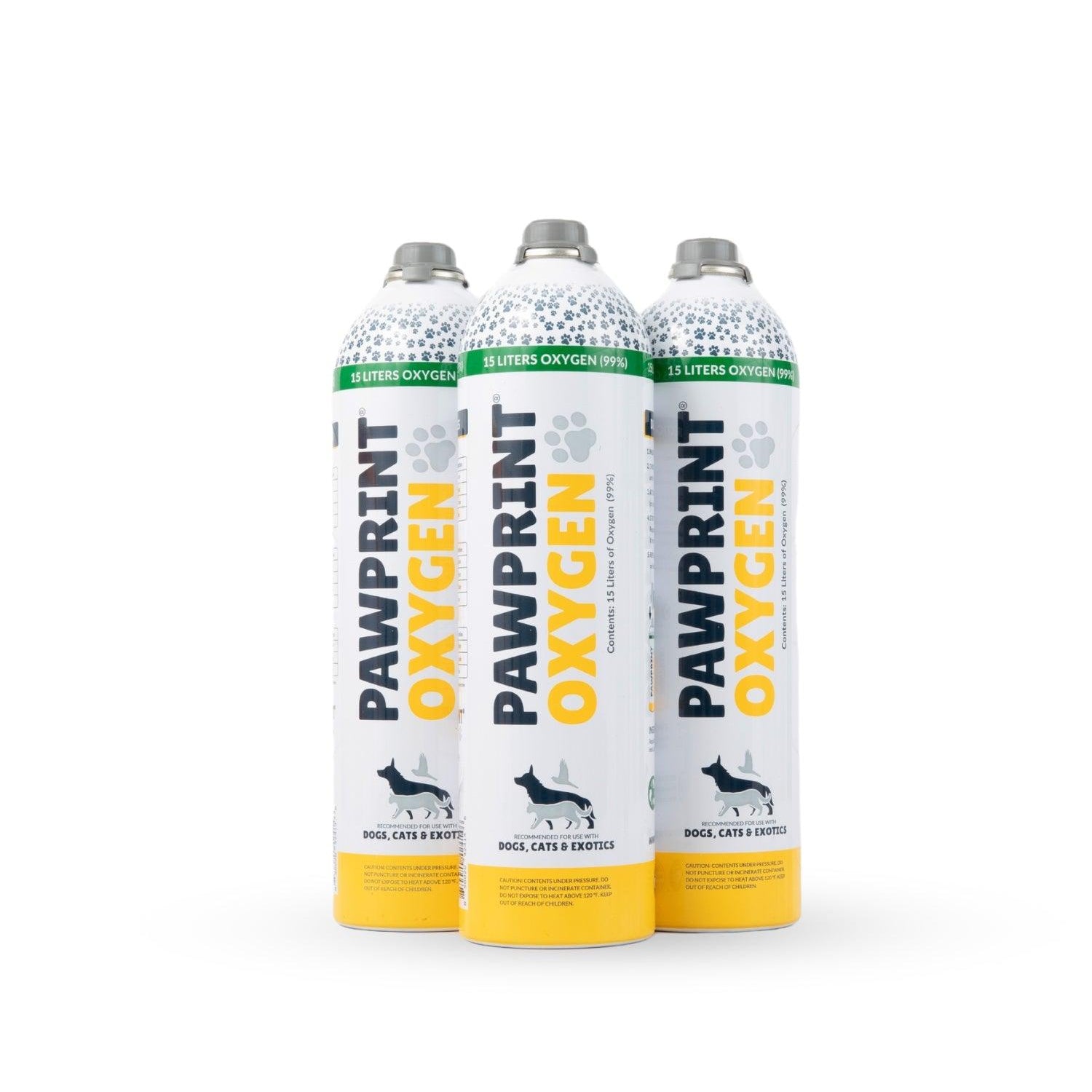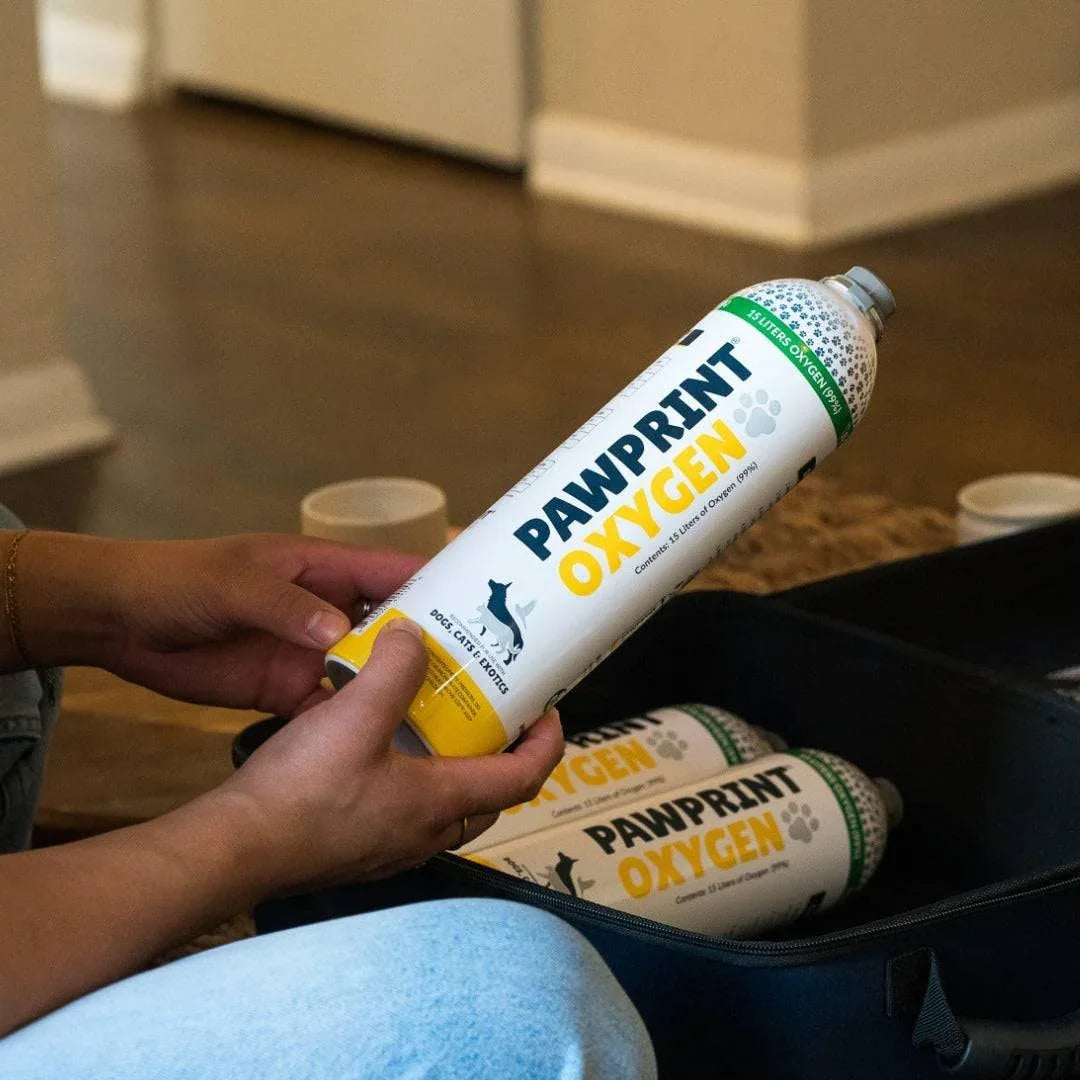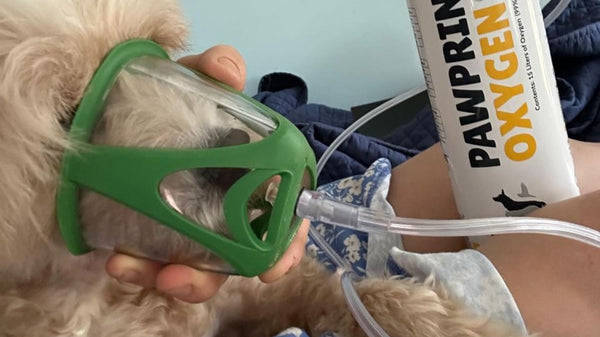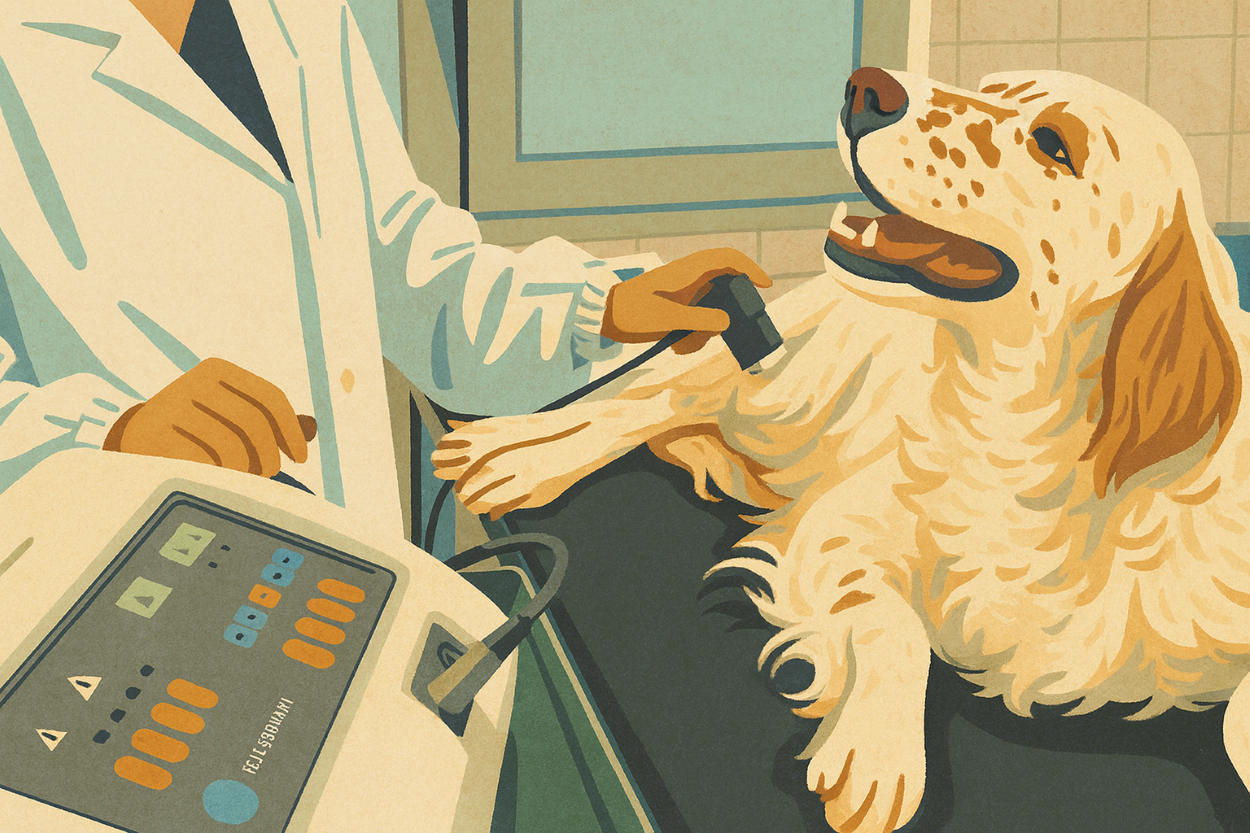Oxygen concentrators are medical devices which pull in ambient air and filter out nitrogen to deliver high‑purity oxygen (90% or greater) to pets experiencing respiratory distress. It walks pet owners through setting up the equipment, placing the concentrator in a well‑ventilated spot, connecting tubing to a mask or oxygen chamber, and adjusting flow per veterinarian guidance.
Table of Contents
When your pet is struggling to breathe, finding fast and gentle relief can bring both comfort and peace of mind. Oxygen therapy with a concentrator and chamber is a safe, effective way to support pets with chronic conditions, heart disease, or recovery after surgery. In this article, we’ll walk you through how to set up and use this equipment so you feel confident providing the care your furry friend needs right at home.
What Is an Oxygen Concentrator?
A pet oxygen concentrator is a medical device designed to provide supplemental oxygen to pets experiencing respiratory distress or conditions that impair their ability to breathe effectively. Unlike traditional oxygen tanks, which store a finite amount of oxygen, an oxygen concentrator extracts oxygen from the surrounding air, concentrates it, and delivers it to the pet at a higher purity level.
How Does a Pet Oxygen Concentrator Work?
An oxygen concentrator works by drawing in ambient air, which typically contains about 21% oxygen, and filtering out nitrogen and other gases. This process results in a concentrated oxygen output of at least 90% or higher. The purified oxygen is then delivered to the pet through various methods such as tubing connected to an oxygen mask, nasal cannula, or an oxygen chamber.
Benefits of Using a Pet Oxygen Concentrator
A pet oxygen concentrator is an invaluable tool for managing respiratory conditions and ensuring your pet receives adequate oxygenation in times of need. Here are some benefits of using a pet oxygen concentrator:
Immediate Relief: Provides rapid relief from symptoms of respiratory distress, such as labored breathing and cyanosis.
Enhanced Oxygenation: Improves the oxygen levels in your pet's blood, supporting vital organ function and overall health.
Convenience: Offers a continuous supply of oxygen without the need for frequent refills, making it a practical option for long-term use.
Customizable: Adjustable flow rates on the oxygen concentrator allow you to tailor the oxygen delivery to your pet’s specific needs, ensuring optimal care.
Key Features of An Oxygen Concentrator
Continuous Oxygen Supply: Unlike oxygen tanks that need to be refilled, concentrators can provide a continuous supply of oxygen as long as they are connected to a power source.
Adjustable Flow Rates: Most oxygen concentrators allow you to adjust the flow rate, ranging from 0.5 to 10 liters per minute (LPM), to meet the specific needs of your pet.
Portability: Many pet oxygen concentrators are designed to be user friendly, with compact sizes and built-in handles and wheels, making them easy to move and use in different locations of your home.
Safety Features: These devices come equipped with alarms and safety features that alert you to any issues such as low oxygen purity, power failures, or overheating.
Common Uses for Pet Oxygen Concentrators
Pet oxygen concentrators are used to treat a variety of conditions, including:
- Respiratory Diseases: Such as pneumonia, bronchitis, asthma, and tracheal collapse.
- Heart Conditions: Such as congestive heart failure and mitral valve disease, which can lead to poor oxygenation of the blood.
- Post-Surgical Recovery: Particularly after surgeries involving the respiratory system or heart.
- Trauma: Injuries that compromise the respiratory system, such as those caused by accidents.
- Anemia: Severe cases where the blood's oxygen-carrying capacity is reduced.
A pet oxygen concentrator is an invaluable tool for managing respiratory conditions and ensuring your pet receives adequate oxygenation in times of need. Always consult with your veterinarian to determine the best approach and settings for using an oxygen concentrator with your pet.

How to Set Up Your Pet Oxygen Chamber
Step 1: Remove the chamber from the carrying case.
Step 2: Raise up the center of the chamber, and then raise each side of the chamber. There are two snaps on each side that you'll use to clip into the center of the chamber to keep it upright.
Step 3: Insert the comfort mat (and any other comfort items) into the chamber.
Step 4: Connect the Venturi adapter into the rubber gasket on the side of the chamber.
Step 5: Connect the opposite end of the oxygen tubing to your oxygen concentrator. You are now ready to begin using your oxygen chamber.
Q & A
How do I know if my pet needs an oxygen concentrator?
If your pet is experiencing symptoms such as difficulty breathing, persistent coughing, bluish gums or tongue, or rapid breathing, they may benefit from oxygen therapy. Always consult with your veterinarian to determine if oxygen therapy is appropriate for your pet’s condition.
How long should my pet receive oxygen therapy?
The duration of oxygen therapy sessions depends on your pet’s specific condition and your veterinarian’s recommendations. Sessions can range from a few minutes to several hours. Follow your veterinarian’s guidance on the frequency and duration of treatment.
What are the signs that the oxygen therapy is working?
Signs that oxygen therapy is effective include:
- Improved breathing rate and effort.
- Reduction in coughing or wheezing.
- Pinker gums and tongue, indicating better oxygenation.
- Overall improved demeanor and energy levels.
How do I clean and maintain the oxygen concentrator?
Regular maintenance is essential for the effective operation of an oxygen concentrator. Here are some tips:
- Clean the air filters as recommended by the manufacturer.
- Inspect the tubing and cage for any signs of wear or damage and replace them as needed.
- Wipe down the exterior of the concentrator with a damp cloth to keep it dust-free.
- Follow the manufacturer’s guidelines for any additional maintenance tasks.

Helping Pets to Breathe Easier
Using an oxygen concentrator and chamber can bring your pet comfort and relief during difficult breathing episodes. With a little guidance on setup, monitoring, and care, you can feel confident in supporting your pet through oxygen therapy at home. Always follow your veterinarian’s recommendations and keep the equipment well-maintained to ensure safety and effectiveness. With the right approach, these tools can make a meaningful difference in your pet’s well-being and quality of life.

